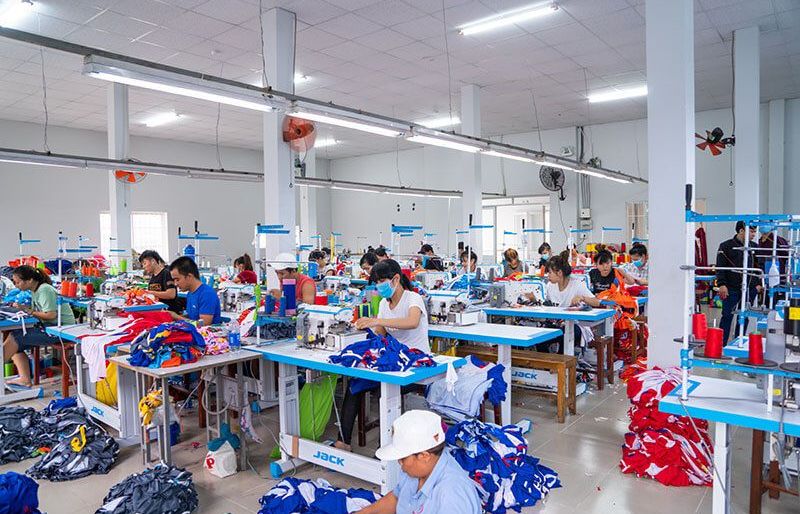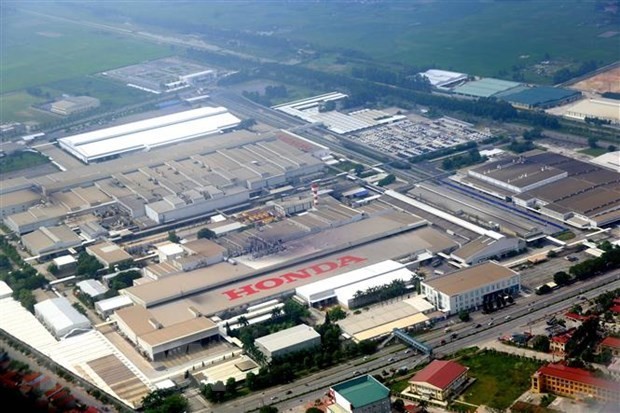
Vietnam emerges as a major motorcycle market and manufacturing hub
Latest
 |
| Vietnam's motorcycle market has been among some of the fastest-growing markets in the world. In photo: A Honda Vietnam factory in the northern province of Vinh Phuc. (Source: VNA) |
Currently, there are more than 70 million registered motorcycles in the Southeast Asian country with the figure projected to grow even larger in the future. In the first four months of 2023 alone, the country produced more than 1 million new motorcycles.
Five major manufacturers: Honda, Yamaha, Suzuki, Piaggio, and SYM hold over 90% of the market share in Vietnam, manufacturers also export fully assembled models to international markets.
VAMM said the stage has been set for Vietnam to become an attractive destination for motorcycle manufacturers in the Asia-Pacific region.
Due to supply chain difficulties and rising trade tension between the US and China, manufacturers have been shifting their investments to smaller markets in Asia to minimise risks. For example, the Japanese government has allocated a 2.2 billion USD fund in support of Japanese businesses relocating from China while the US government has been calling for US businesses to either return to the US or relocate to another country.
Against this backdrop, Vietnam has emerged as a promising new destination for many motorcycle manufacturers.
Honda Vietnam currently owns and operates three factories in the country with a production capacity of 2.5 million motorcycles a year. Yamaha Motor Vietnam owns and operates two factories. Piaggio Vietnam owns and operates two factories with a production capacity of 250,000-400,000 motorcycles a year.
However, the market is not without its challenges.
Vietnam's motorcycle market in recent years has shown signs of saturation. While annual motorcycle production continued to rise, demand and purchasing power have largely failed to keep up. This has forced manufacturers to start investing more in product diversification, particularly in the premium segment, as well as seeking ways to boost exports of fully assembled models, and spare parts to international markets.
For instance, Yamaha Motor Vietnam has been exporting models to supplement the Indonesian market since 2019. Last year, the company became the first foreign factory to produce and export the NEO'S electric motorcycle to European markets.
In May this year, Yamaha Motor Vietnam officially inaugurated its fourth assembly line, specifically for engine assembly for exports. This move demonstrated the Japanese company's confidence and commitment to Vietnam.
According to the company, the new line will produce engines for export to Thailand during Phase 1 with a localisation rate of up to 95%. Over the next three years, the company is to expand its exports to other markets including the Philippines, Indonesia, and Malaysia, with an expected export volume of around 200,000 units.
Similarly, Honda Vietnam has been pushing the export of fully assembled models and spare parts. Last year, the company exported 207,000 motorcycles with a total export turnover of over 462 million USD, a 25% increase in revenue over 2021, according to VAMM. The company said this year it has set a target to export nearly a quarter of a million models or a 9% increase over 2022.
According to industry experts, in order to maintain growth in the Vietnamese market companies must start investing in the development of new product lines to cater to customers' evolving preferences.
New trends include prioritising energy-efficient models, compact design and hassle-free operation.
According to MotorCycles Data, a website specialised in the motorcycles market data and forecast, Vietnam's electric bike segment has maintained a steady growth rate at 5.6% during the first quarter of 2023 in comparison to a contracted internal combustion segment.




















